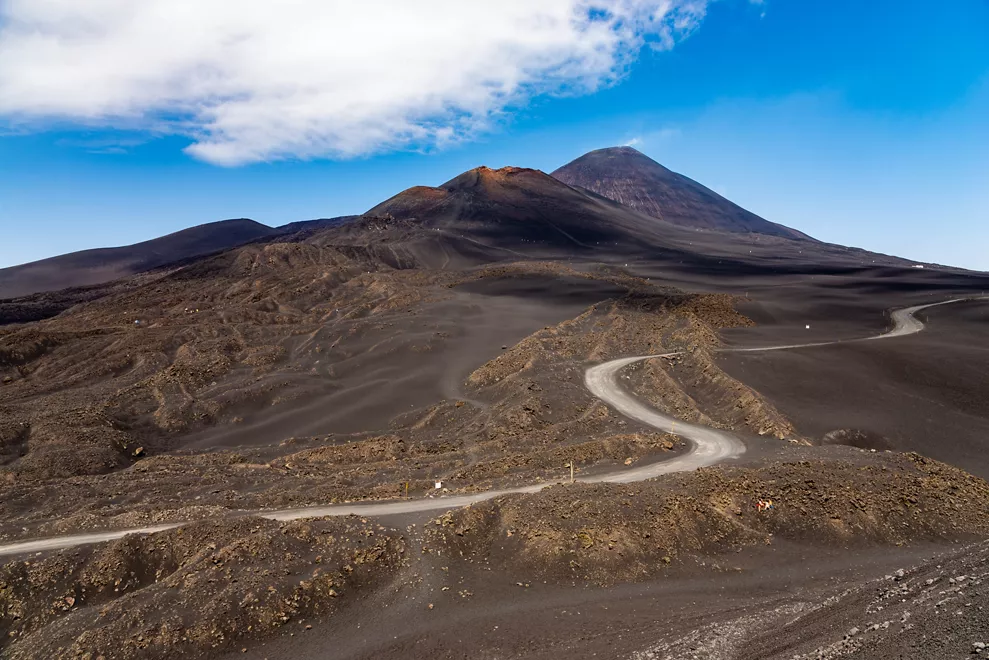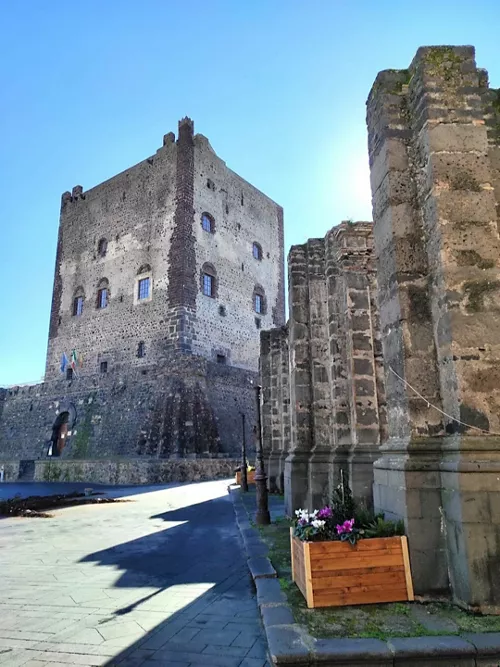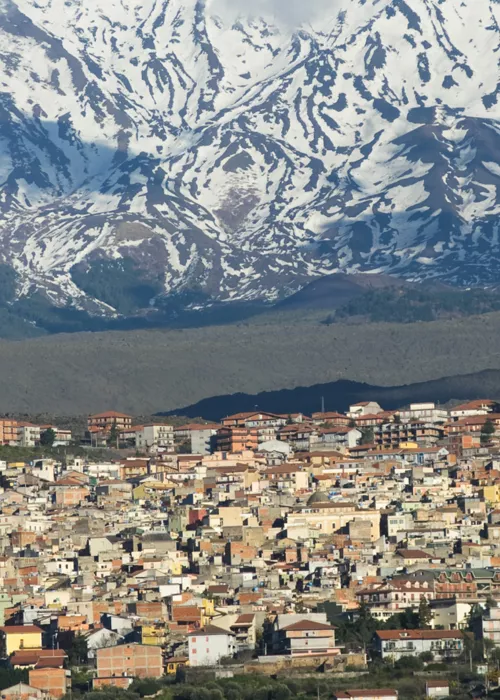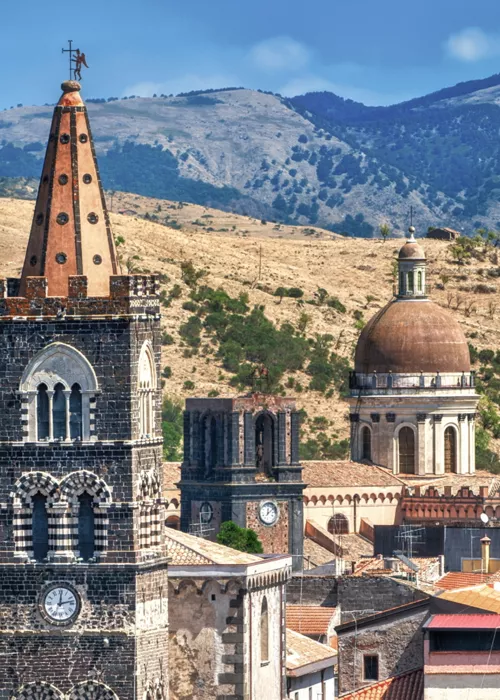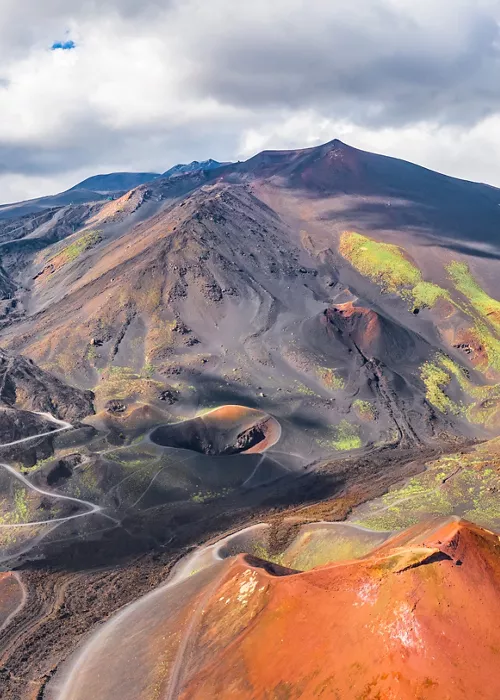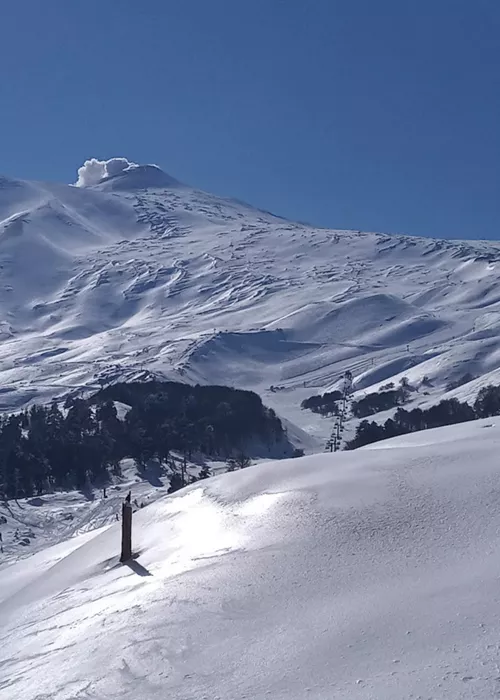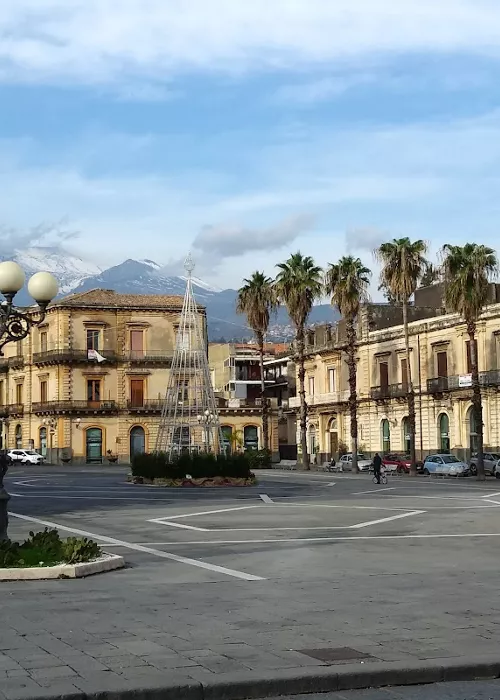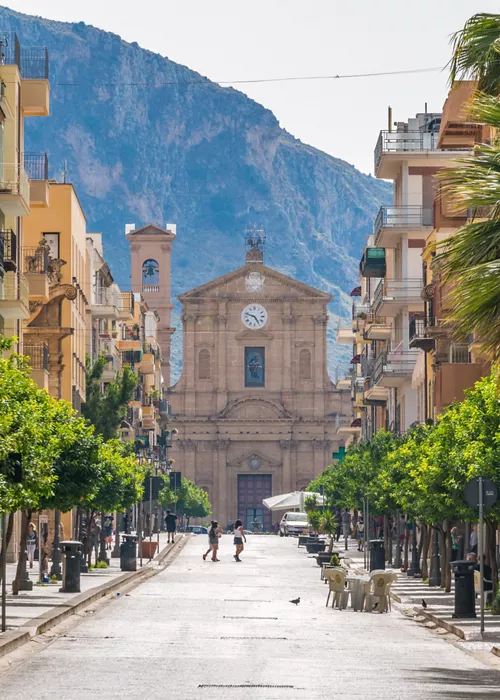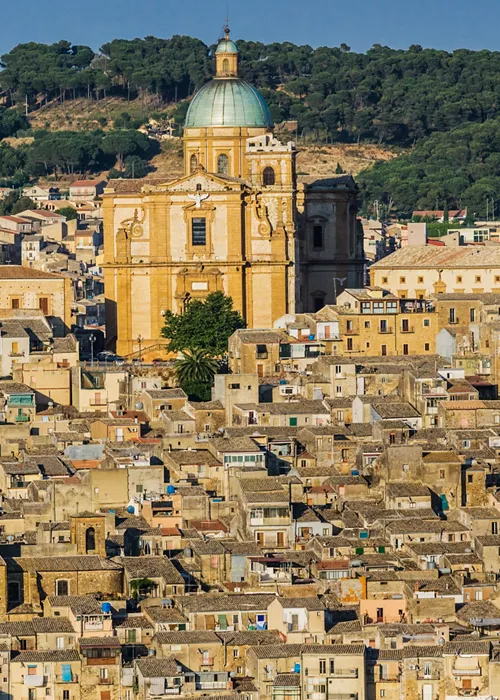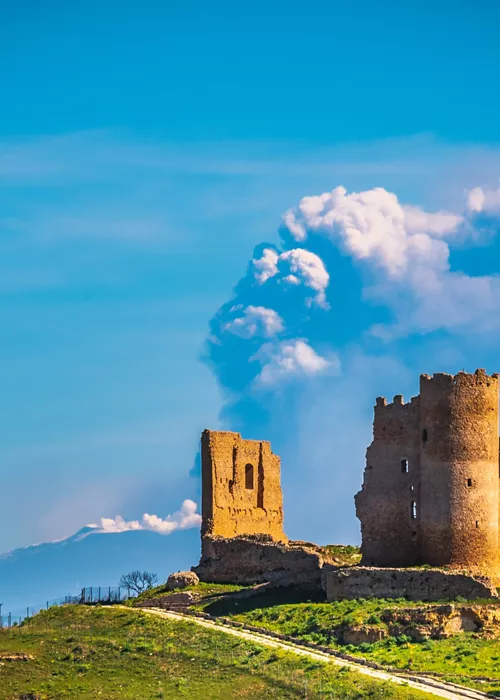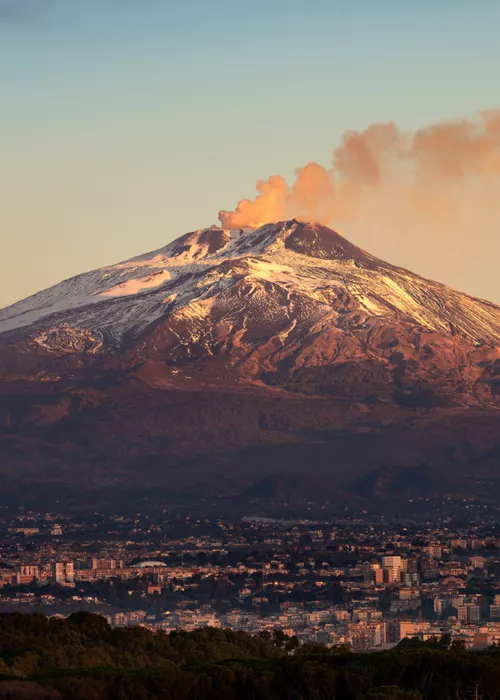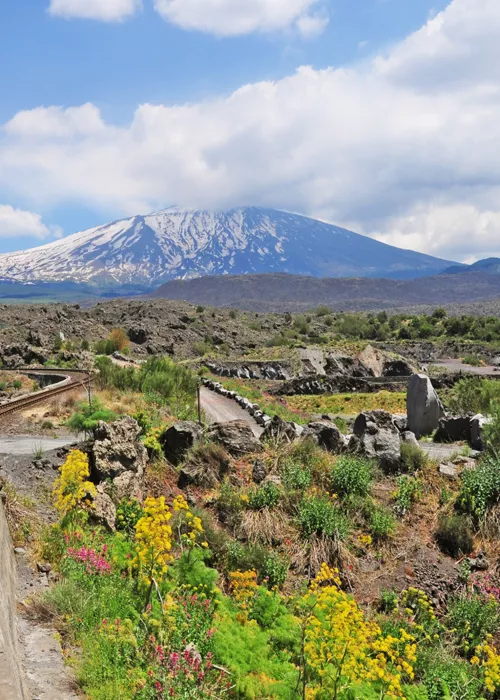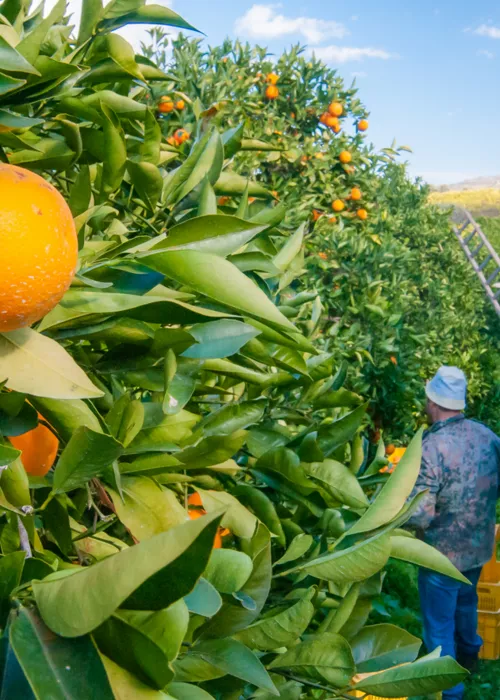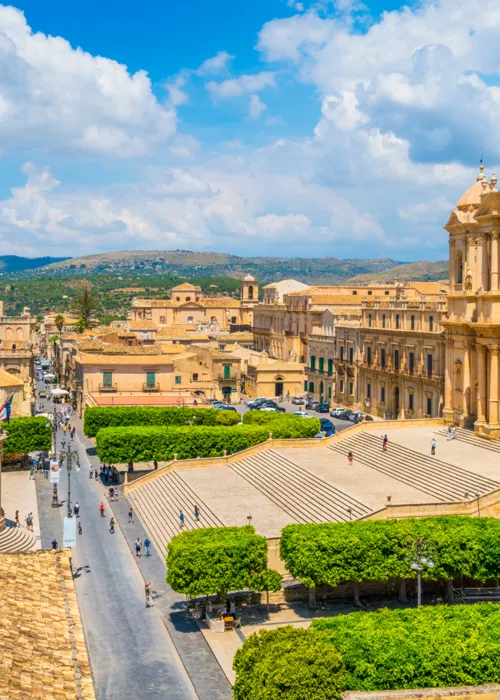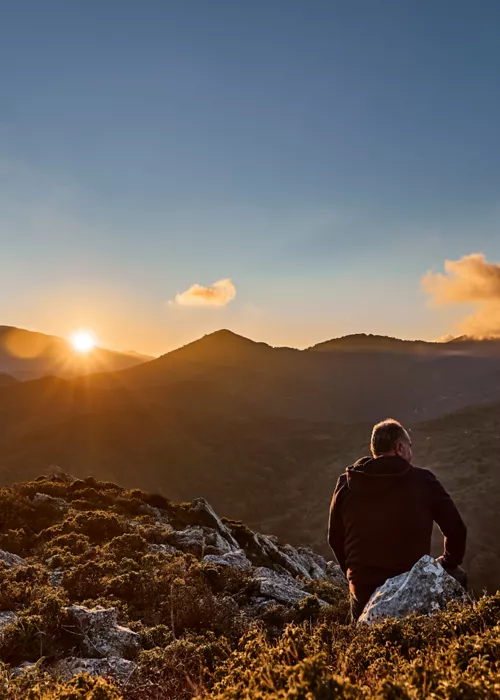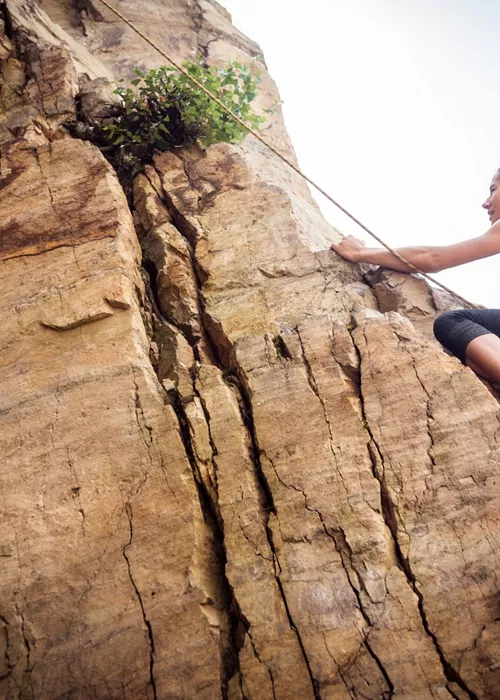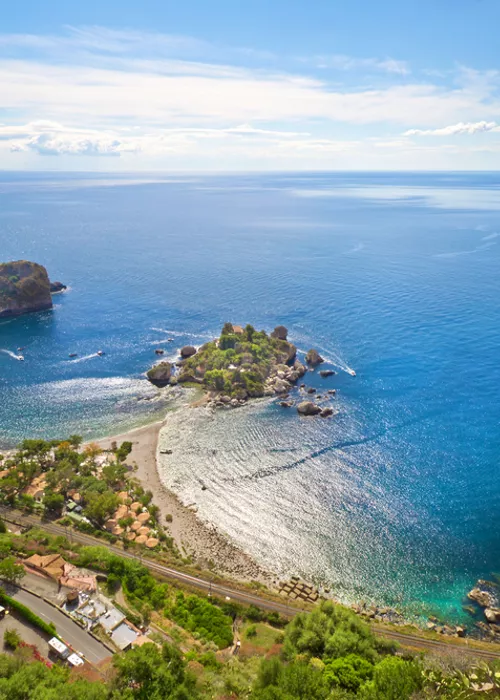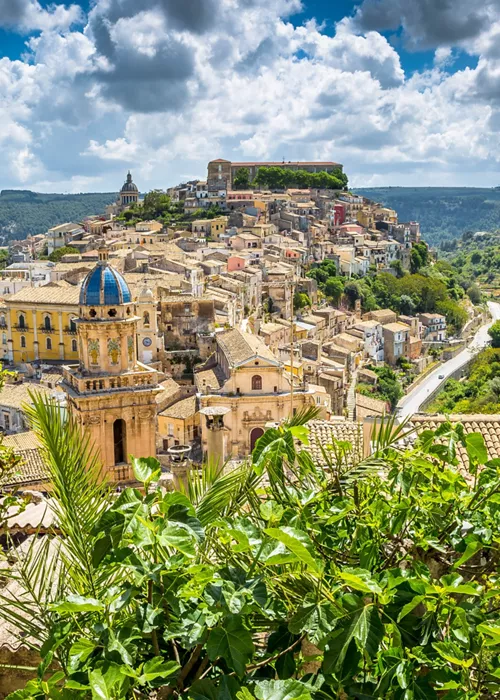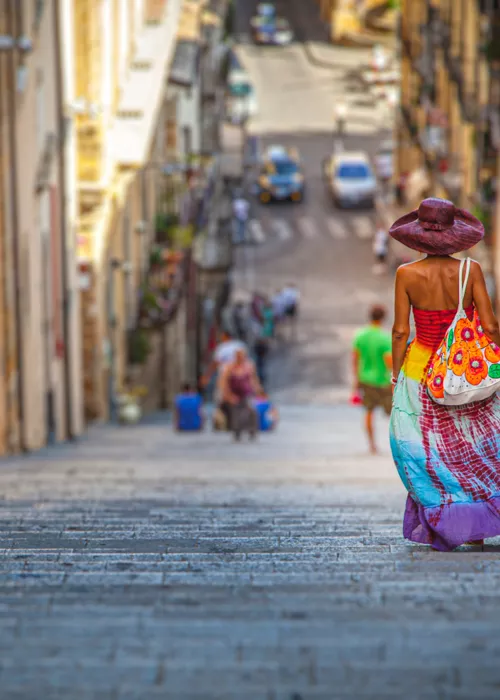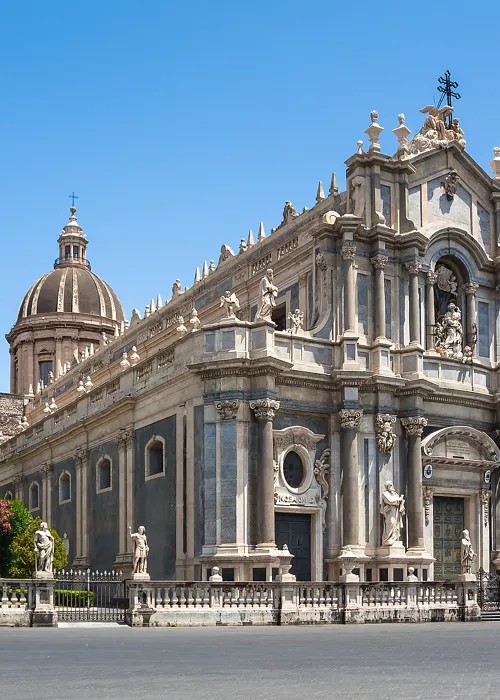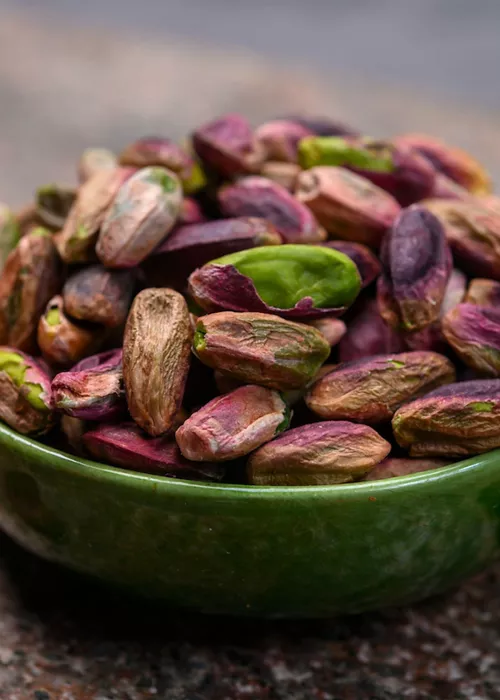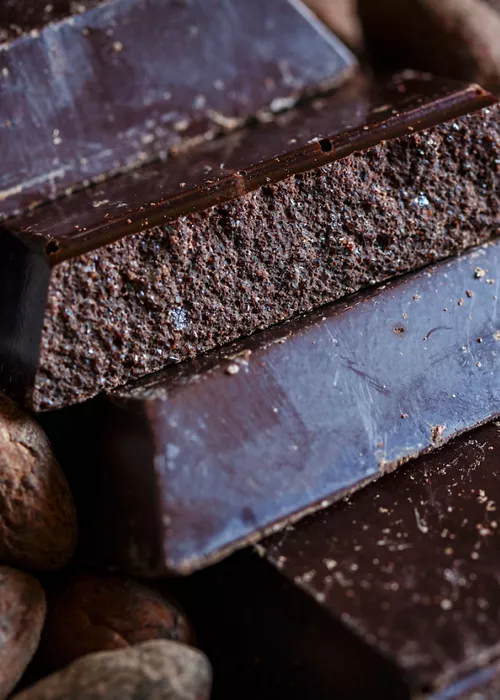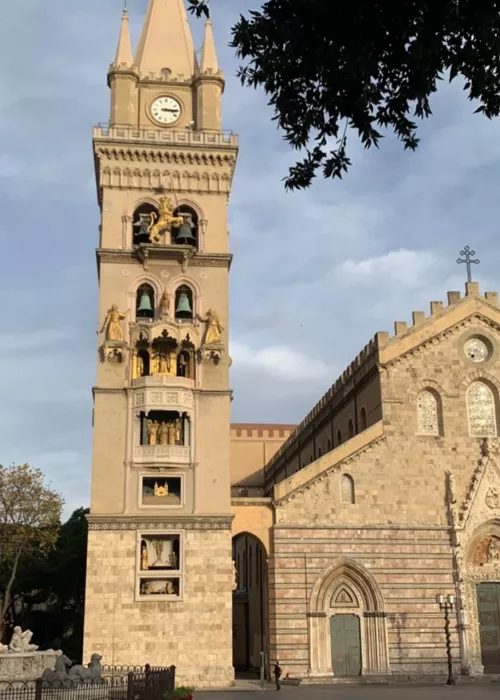Etna’s ring-around-the-rosy riding your bike
3 minutes
From a height of 3,357 metres, ‘a muntagna’, as the locals call Etna, watches the riders on the fourth stage of the Giro di Sicilia Eolo 2022. Meanwhile, they are panting as they climb the 140 kilometres of a gruelling course that increases in difficulty from Ragalna to Piano Provenzana on the northern side of Etna. But the volcano, a UNESCO World Heritage site since 2013, with its slopes dotted with artistic villages, vineyards and pistachio groves, is worth all this and more. The piece of advice for you amateurs, therefore, is not to be frightened by the route raced by the pro riders. In this article, you will find it divided into three sectors, suitable for everyone, plus we give you some tips on how to alternate your bike experience with moments of leisure. Here we go.
Through the villages on the slopes
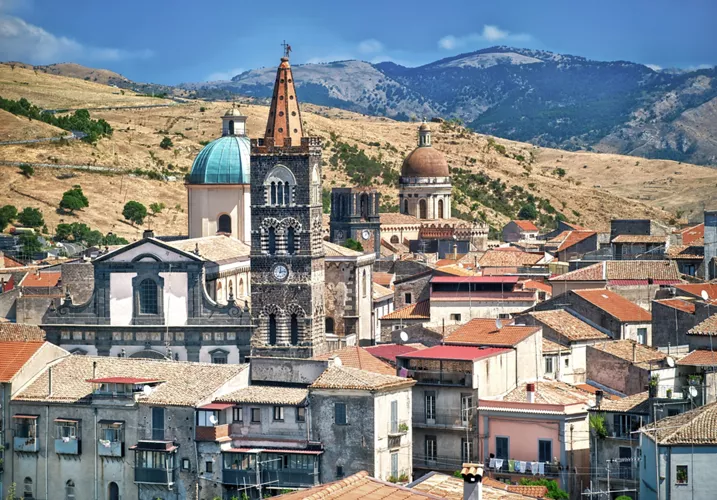
The first course section, about 40 kilometres long, runs around the volcano, passing through charming villages surrounded by ‘sheets’ of prickly pears and citrus groves. Past Adrano, with its Norman castle that takes you back to the 11th century, you reach Bronte, at about 800 metres above sea level, the village of the so-called ‘green gold’, that is, pistachios. The historic centre is a maze of narrow streets and stairways with an Arabian touch to it and beautiful churches, such as the Holy Trinity and Santa Maria SS. Del Soccorso. You then pass through Maletto and reach Randazzo, just 15 kilometres from the central crater, also known as the “Black City”. It is easy to see why: here lava stone dominates all the urban architecture, from the medieval streets to the monuments. By the way, don’t miss a visit to the Basilica di Santa Maria Assunta, also built during Norman rule. Its imposing façade, with the contrast between the black basalt and the white decorations on the windows and portals, is worth the pit stop.
At the gates of the mountain
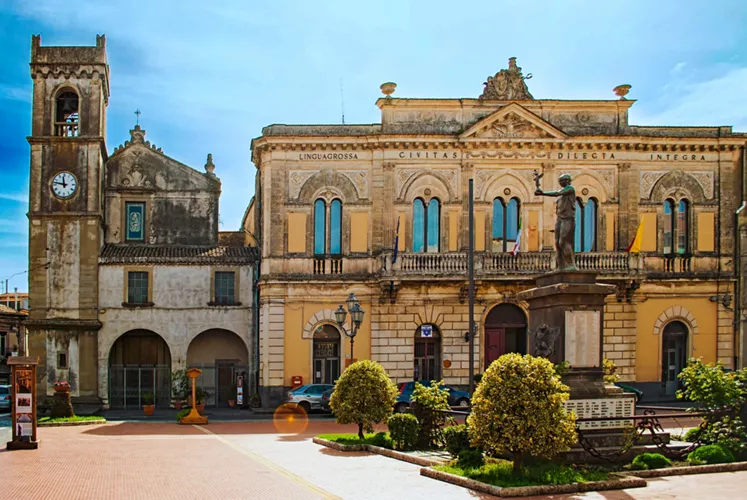
From this point the bar is raised. The route of the fourth stage of the Giro di Sicilia 2022, in fact, climbs up "Idda", another name full of reverence given to the mountain, as you take the Strada Provinciale Quota Mille, which already from the name reveals its identity: the altitude increases, and with it also the effort required to your heart and lungs. After around 16 kilometres, the course descends again to the foothills, about 500 metres below, passing through the village of Linguaglossa on the northern side of the volcano. This is a testing stretch, but it can be the prelude to a regenerating stop. Linguaglossa has recently made headlines for its artistic vocation, thanks to the murals painted over the last thirty years. Signed by many artists, they range from naive art to street art, with references to the tradition and folklore of the people of Etna. Finally, you should know that eating well is also an art here, with dishes based on pistachios, mushrooms and meat, along with caponata and parmigiana.
Moon landing
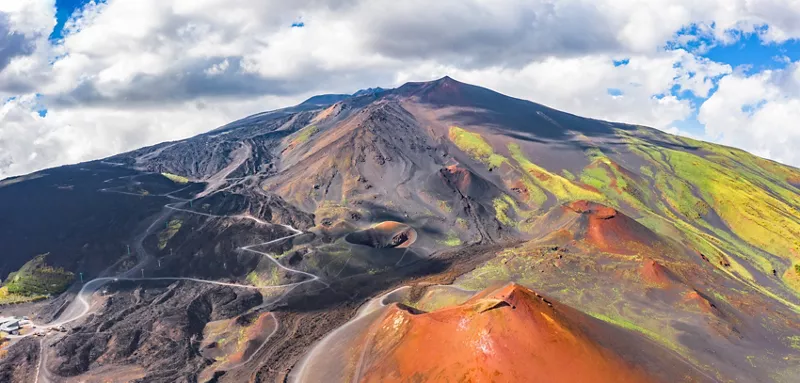
After the descent to Piedimonte Etneo, the final part of the route begins. While the landscape is magnetic, the route may turn to be hostile to the less well-trained. Starting with the first ascent – the climb to Contrada Giuliana, at 871 metres above sea level – the course then runs down along an equally tough descent through Milo and Santa Venerina and ends in Giarre. Then up again, to Contrada Giuliana, along an even tougher slope. After a short descent, the final climb begins in Fornazzo: 18 kilometres up hairpin bends surrounded by more or less recent lava flows, with an average gradient of 6%. Mind the last 3 kilometres, at an altitude of 2,000 metres, where the average gradient is close to 9% with a peak of 11% at one and a half kilometres remaining to the finish, at the Piano Provenzana ski resort. You are at almost 1,800 metres above sea level. Welcome to a piece of the Moon that has descended to Earth.

